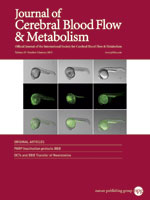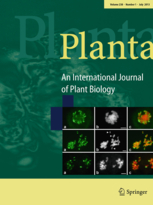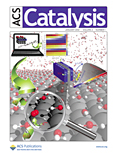 “In vivo and ex vivo Magnetic Resonance Spectroscopy of the Infarct and the Subventricular Zone in Experimental Stroke” by E. Jiménez-Xarrié, M. Davila, S. Gil-Perotín, A. Jurado-Rodríguez, A.P. Candiota, R. Delgado-Mederos, S. Lope-Piedrafita, J.M. García-Verdugo, C. Arús, J. Martí-Fàbregas. Journal of Cerebral Blood Flow & Metabolism, 2015, 35:828–834. DOI: 10.1038/jcbfm.2014.257
“In vivo and ex vivo Magnetic Resonance Spectroscopy of the Infarct and the Subventricular Zone in Experimental Stroke” by E. Jiménez-Xarrié, M. Davila, S. Gil-Perotín, A. Jurado-Rodríguez, A.P. Candiota, R. Delgado-Mederos, S. Lope-Piedrafita, J.M. García-Verdugo, C. Arús, J. Martí-Fàbregas. Journal of Cerebral Blood Flow & Metabolism, 2015, 35:828–834. DOI: 10.1038/jcbfm.2014.257
Ischemic stroke changes the metabolic pattern in the infarct area and also in other regions such as the ipsilateral subventricular zone (SVZi) where neural progenitor cells (NPCs) proliferation is enhanced in the mammalian and human brains. Magnetic resonance spectroscopy (MRS) provides metabolic information in vivo. With regard to NPCs proliferation, a resonance at 1.28 ppm has been described as an in vivo MRS biomarker of NPCs in the hippocampus of rats and humans. Continue reading In vivo MRS and ex vivo HRMAS in an Ischemic Rat Stroke Model


